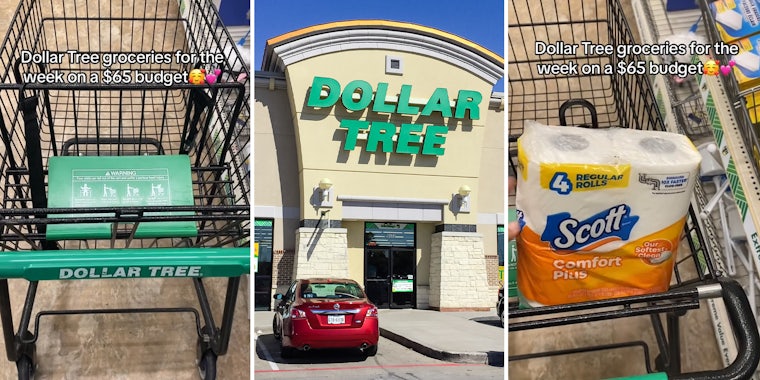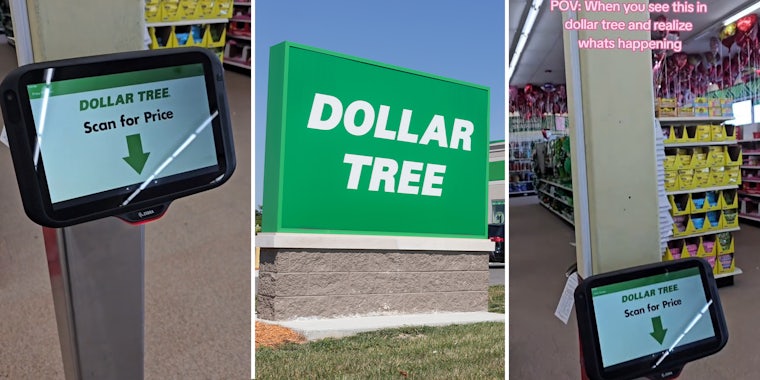Dollar Tree
Budget-conscious shoppers in 48 U.S. states and five Canadian provinces frequent approximately 16,000 Dollar Tree stores on a daily basis.
The business, which was established in 1986, has grown rapidly by offering an assortment of random, low-cost goods all priced at around $1 each. This was bumped up to $1.25 at many locations due to global supply chain issues that occurred around the COVID-19 pandemic.
Like other bargain stores, Dollar Tree often purchases liquidated items at steep discounts and makes its margin due to high-volume sales. This means that employees are often left moving, stacking, and storing tons of boxes every few days, which can often lead to frustrated workers airing their grievances with the chain’s workflow on social media.
Dollar Tree customers have complained about the “cramped” nature of some of its stores, as shoppers may often find it difficult to walk comfortably through the aisles of the store due to the sheer volume of boxes blocking their pathways.
Many budget stores like Dollar Tree have become increasingly popular due to a worsening U.S. economy that saw record-high levels of inflation in the summer of 2022, which led shoppers to turn to the store for groceries. As a result, it appears that in some markets, Dollar Tree stores have bolstered its supermarket offerings, giving customers a place to not only purchase low-cost various and sundry items, but food for themselves and their families as well.
Several of these shoppers have taken to the internet to share their cost-saving hacks—while others have roasted the store for its disorganized aisles. Even Dollar Tree employees have shared posts on the working conditions that lead to such shopping experiences.
Loading…
















